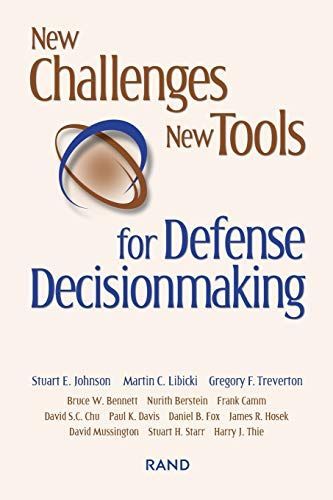
New Challenges, New Tools for Defense Decisionmaking
It is still easy to underestimate how much the collapse of the Soviet Union and the end of the Cold War?--and then the terrorist attacks of September 11, 2001?--transformed the task of American foreign and defense policymaking. In place of predictability (if a sometimes terrifying predictability), the world is now very unpredictable. In place of a single overriding threat and benchmark by which all else could be measured, a number of possible threats have arisen, not all of them states. In place of force-on-force engagements, U.S. defense planners have to assume "asymmetric" threats?--ways not to defeat U.S. power but to render it irrelevant. This book frames the challenges for defense policy that the transformed world engenders, and it sketches new tools for dealing with those challenges?--from new techniques in modeling and gaming, to planning based on capabilities rather than threats, to personnel planning and making use of "best practices" from the private sector.